On a Mission: Damon L. Williams Jr., Takes on the World
Diverse: Issues in Higher Education
NOVEMBER 6, 2024
I didn’t understand why everybody didn’t have access. And I was determined to have access,” says Williams. He became what he calls “a student for everybody.” “I I made sure everyone had access, especially my Black classmates and friends,” says Williams. Tapping into access became a deliberate decision.

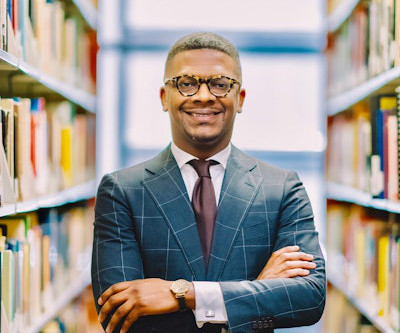






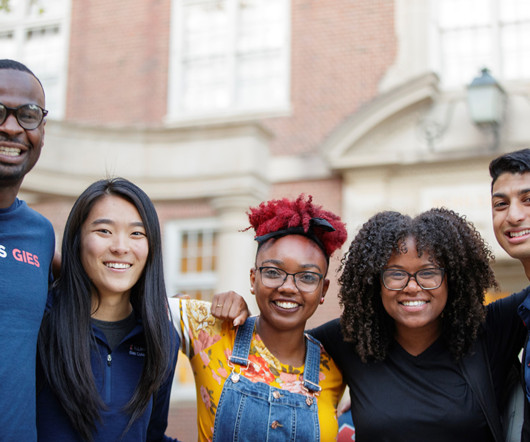


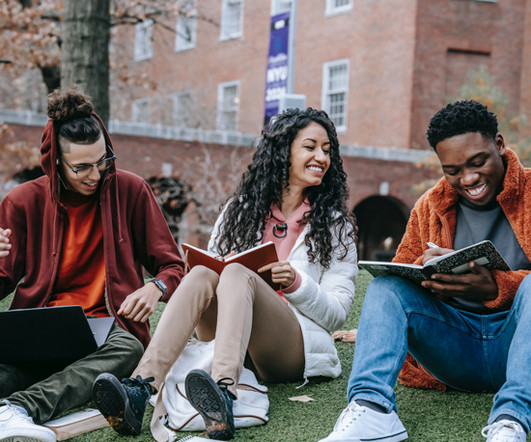




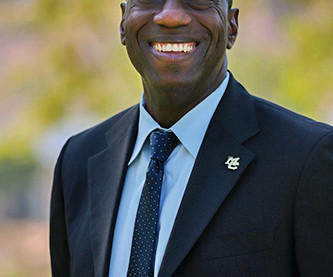


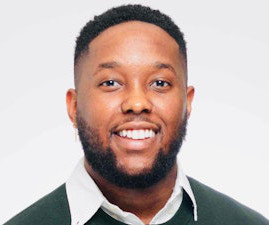







Let's personalize your content